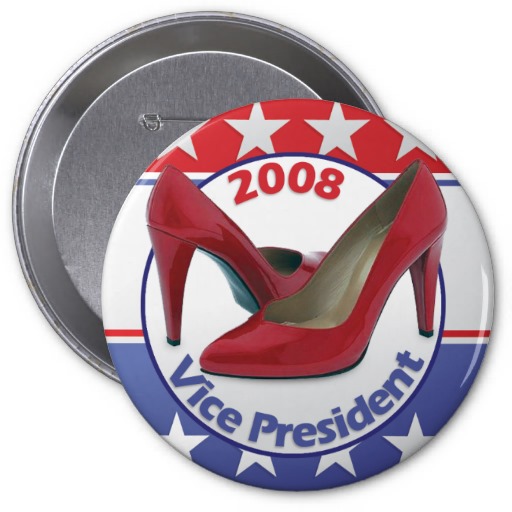In yesterday’s post I shared the kind of interpretation of The Wizard of Oz that gives English teachers a bad name. When students hear us claiming that the Cowardly Lion is William Jennings Bryan or that the Wicked Witch of the East stands in for Wall Street banks, they feel confirmed in their suspicion that we are either magicians or bullshit artists. Many of them see little point in mastering such an arcane art.
They don’t realize that they themselves are constantly drawing such symbolic equivalencies. They see, say, a movie about a U.S. sniper in Iraq and feel reassured that the United States is not in decline. They don’t have to think twice that the sniper symbolizes America. Their own symbol-reading and symbol-making capacities are constantly at work.
So as teachers, how do we take the mystery out of what we do? I like Robert Scholes’ suggestion, in The Crafty Reader, that we spend more time teaching literary biography and historical context. If students get to know an author’s life and times closely, they can begin to understand why he or she would be drawn to certain images and narratives. There’s even more reason to identify if the authors struggle with issues close to the students’ hearts.
In my teaching of Wizard of Oz, this means bringing the students into the ambitious Baum’s struggle to achieve the American dream during an economic depression. Because they themselves are wrestling with student debt and an uncertain future, these biographical facts hit home.
I think the story’s mythical power comes from how it simultaneously captures our longing for the American dream and our fear that the dream is “somewhere over the rainbow.” The original book grew out of the recessions and depressions that ended the 19th century. The legendary film appeared in 1939 during the Great Depression at a point when people were losing hope in Roosevelt’s New Deal. Now, in the uncertain economic times of the early 21st century, we have audiences flocking to see the long-running musical Wicked (2003).
My students weren’t terribly taken with the idea of the Cowardly Lion as Bryan—who’s he?—but they perked up at my suggestion that we had a Dorothy running for vice-president during the 2008 economic meltdown. I have in mind, of course, Sarah Palin.
Now that much of the Republican Party is bailing on the former governor of Alaska, we may forget just how much symbolic power she wielded at the time. Wearing her famous red pumps, she was for many the populist savior that was going to lead America out of its economic doldrums. A pioneer spirit like Dorothy, she claimed to represent “real America” as she opposed the evil witches of the east and west coasts. Anticipating the Tea Party, she convinced her fans that she was the exposing “great and powerful” humbugs, whether they be the government or the GOP establishment. Throughout the south there were billboards with the single word “Sarah!”
She hasn’t fared well since then and, for that matter, Dorothy herself begins to fade in the later Oz books. No one ages in the Land of Oz and the enterprising innocence act gets old. But the lesson for our purposes is that the politicians who capture our imaginations are those who tap into deep mythologies. The symbolic power of Wizard of Oz became a bit clearer to my students when they saw it in the context of contemporary politics. Once they could imagine Palin as Dorothy, Bryan made more sense as the Cowardly Lion.
English teachers are not magicians. We are just attuned to how human beings use images and narrative to understand the world. We empower our students when we pass that knowledge on.



One Trackback
[…] Sarah Palin as Dorothy […]